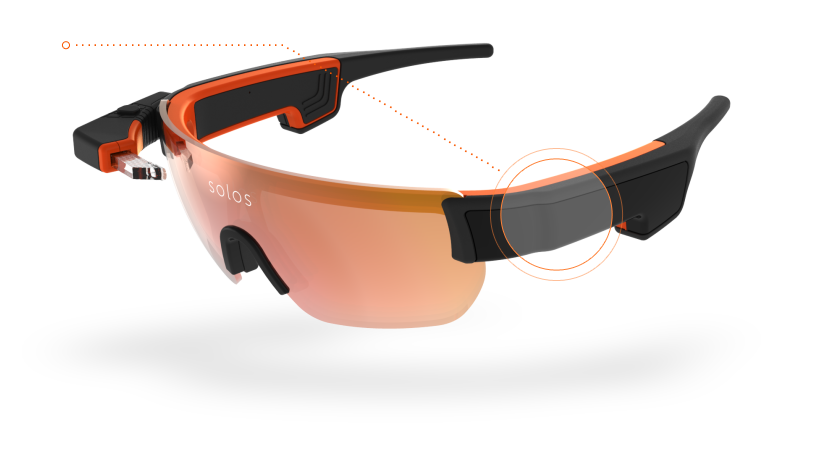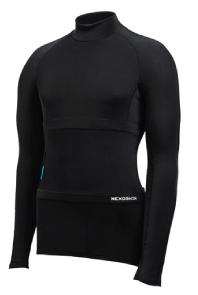IoT & Embedded Technology Blog
Wearable Technologies Pave the Way to Rio Olympics
by Jessica Lee, with Steve Hoffenberg

With the 2016 Olympic Games set to begin in Rio de Janeiro in August, many athletes have begun to promote the latest and most advanced wearable technologies they have used in preparation for the event. From the US Cycling team to the South African Track and Field team, elite athletes have integrated wearable technologies into their training plan to gain a competitive edge.
In events where one thousandth of a second can impact the color of a medal, Olympians have started using data collected by wearable technology to get a leg up on their competition. From smart wristbands to smart eyewear to smart vests, the wearable market has grown to cover a variety of metrics which athletes can use to make progress in their sports. With this new gear, Olympic coaches and trainers are now able to track athletes’ performance in real-time to help visualize where they can improve.

Solos smart eyewear
One of the wearables that the US Olympic cycling team has endorsed is Solos, a smart eyewear with a functional and aerodynamic design for elite cyclists. It provides real-time data on metrics such as speed, cadence, heart rate, calories, and distance and elevation. It is differentiated from other smart eyewear in the market by taking data that is normally monitored on a handlebar-mounted bike computer, and presenting it on a pupil size microdisplay so that riders can access data heads up and hands free. Additionally, Solos eyewear has features such as voice prompts and dual microspeakers, which allow cyclists to not only see where they have made progress against previous rides, but also hear suggestions on areas where they can improve. With all of these metrics available for cyclists to view and use, Team USA anticipates that this will advance how they compete in Rio. (In a press release with IBM, Team USA mentioned that they are furthering the role of IoT in their training by using IBM Watson and Solos to simplify the process of analyzing training data and integrating it into their rides.)
 Hexoskin smart shirt
Hexoskin smart shirt
The Hexoskin smart shirt, promoted on Twitter by South African track and field athlete Willem Coertzen, is another wearable being used by athletes participating in this year’s Olympic Games. Combining three types of integrated sensors, this smart shirt measures biometrics such as heart rate, breathing, pace, and sleeping habits, and is one of the few on the market that measures electrical activity of the heart using an electrocardiogram.
Information gathered by the Hexoskin smart shirt can be immediately synced to a phone or tablet via Bluetooth, and compared with data on how the athlete has performed in the past. Hexoskin streamlines the process of data analytics for coaches, by highlighting important data and suggesting areas of improvement in real-time.
As wearables continue to advance and provide more data on athlete performance, their capabilities will change the future of Olympic training. Wearables will become smaller, more lightweight—some taking the form of tattoo-like patches—and measure even more advanced metrics.
Researchers at University of California, Berkeley are currently working on health monitoring devices, which can use sweat measurements to alert wearers to dehydration and fatigue. And they have created prototypes of non-invasive smart wristbands, which can provide real-time measurement and analysis of glucose and lactate, and alert users to help prevent fatigue.
Though wearables technology is advancing rapidly, it still has considerable room to improve the way athletes will train and compete for future Olympics, and could even impact how events are presented to spectators and TV viewers. The Rio Games will just scratch the surface of athletic wearables potential.
View the 2017 IoT & Embedded Technology Research Outline to learn more.